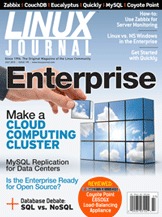
Is “NoSQL” an Enterprise DBMS Solution?
Donna M. Schaeffer, PhD
Marymount University, Arlington, VA 22207
703.284.5718
Patrick C. Olson, PhD
National University, San Jose, CA 95128
408.236.1152
olsonp@alumni.usc.edu
| Recent discussions of “NoSQL” in trade journals, particularly a recent discussion in Linux Journal (Bartholomew, 2010) have focused on differentiating between these new “non-relational” products and “traditional” (relational) systems. |
 (Source: linuxjournal.com) |
|
While enthusiasm for the new (and the unjustified raised expectations) has been the hallmark of information systems and computing generally, this particular instance of this enthusiasm may contain hidden problems. |
 (Source: proimpactgolf.com) |
| In all fairness most of these discussions involve justifying the approach or product to the “old guard”, and this article is a particularly good example of this phenomena. |
 (Source: dotjenna.com) |
| However, when one considers the constant attack on the relational model beginning at its inception in the 1970’s by the COBOL community, through hierarchical databases, network databases (different from the use of the term in bioinformatics), object oriented databases, flat files (FileMaker and the MAC crowd), network databases (the bioinformatics crowd) and now “NoSQL” one should wonder, and take stock about the expectations raised in this domain of information systems and computing. |
 (Source: donquijote.cc) |
|
How are NoSQL products used? |
 (Source: health.allrefer.com) |
| The page at http://nosql-database.org/ lists 69 products, arranged in 10 categories. These categories include; Column families, Document store, Tuple store (relational?), Graph Databases, ... none of the products seem intended for enterprise wide usage, the focus seems to be specialized problems. |
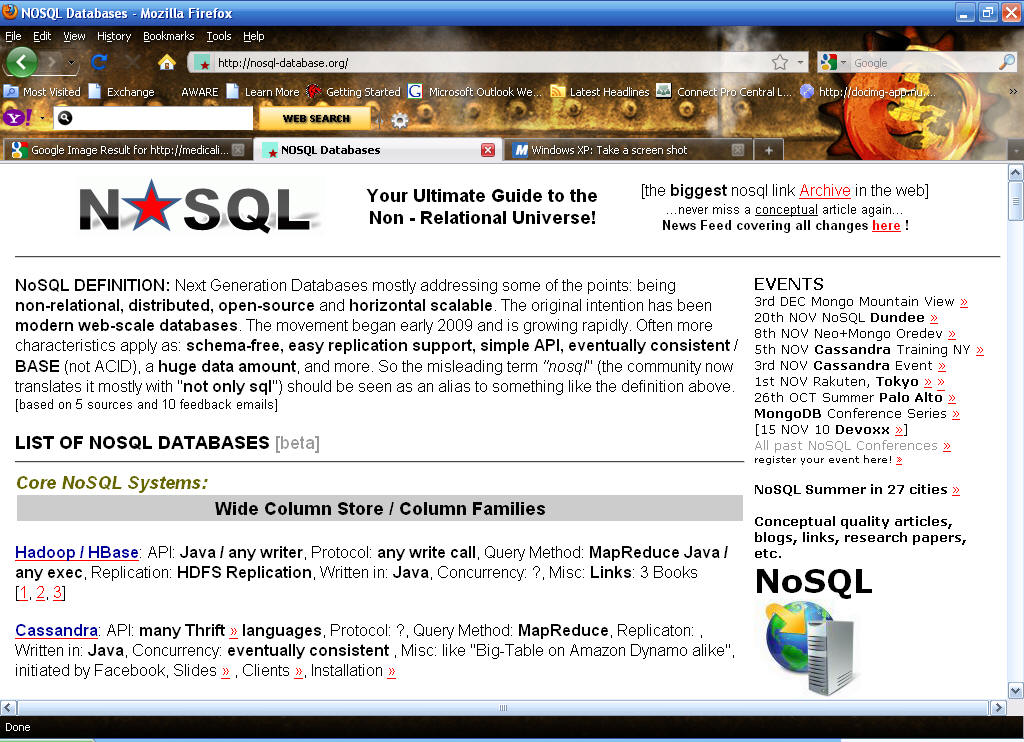 (Source: nosql-database.org) |
| Do the major relational DBMS vendors (IBM, Oracle, Microsoft) address these problem areas? |
 (Source: chrissonksen.wordpress.com) |
|
Just picking one
of the specialized problems (graph database) and looking for
information about the major relational DBMS vendors activities in
this area one finds interesting activities related to Oracle at
http://download.oracle.com/otndocs/tech/semantic_web/pdf/st_oow09_overview.pdf
and for IBM at
http://bytes.com/topic/db2/answers/185525-transitive-closure-graph
and that criticism of relational DBMS in the area is generally
focused on MySQL. |
 (Source: schrankmonster.de) |
| A taxonomy of attacks on the relational model is likely to reveal something about the staying power of the relational model... |
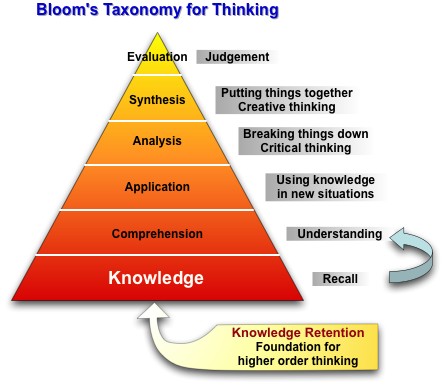 (Source: uvm.edu) |
| Some attacks seem to be community based. These begin with COBOL and IMS communities and continue over time to recent examples like Graph Databases. It is interesting to consider that the focus in these communities is on common experience and includes a willingness to disregard a profession based approach in favor of a community approach. |
 (Source: adweek.com) |
| Some attacks on the relational model are based on specific capabilities not found in specific relational products. There are two important aspects of this, first we have been unable to find an example of a specific capability that was sought out on each of the major vendor platforms. Most often the discussion concerned a need for better distributed database support an was generally found in LAMP products (Linux, Apache, MySQL, Perl). |
 (Source:theb4partnership.com ) |
|
Given that
attacks on the relational model tend to involve specific communities
and specific capabilities - perhaps the staying power of the
relation model involves problem definition. That is the point of
view implied by "communities" and "capabilities" appears to involve
ideas like - the problem is unique - or - after using a specific
programming language on a problem and encountering a data problem
(which is the likely result of a process focus), the problem should
be fixed with a specific capability. The result is that over time
the community and the programmers looking for specific capabilities
become more aware of data oriented methods and end up using the
relational model. |
 (Source:connect2edmonton.ca ) |
|
How should our
expectations be swayed by discussions in this part of information
systems and computing? |
 (Source: underconsideration.com) |
|
For those who
support Enterprise-Wide DBMS systems this my provide some insight on
how to handle specialized situations. While this approach has been
the case for many organizations it is still very important to keep
"production" (systems relied on by many users across the
organization) carefully separated from "special project" (systems
used by small groups for needs particular to those groups [often
functional needs]) |
 (Source: carmagazine.co.uk) |
|
For educators this
presents some interesting challenges. While SQL and experience with
a DBMS is useful, having 69 alternative products across 10
categories raises some important questions relating to both breadth
and depth of our collective approach to the curriculum in this area.
In effect, are our curricula complete enough? |
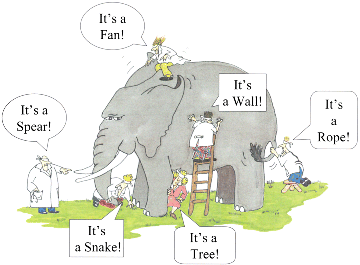 (Source:damiensden.wordpress.com ) |
|
Conclusion From the descriptions available, NoSQL is really not headed in the direction of an Enterprise-Wide solution. However, this examination does show there is still a need to designate "production" systems, and there may be a need to reflect on the scope of product offerings and the implication of that for curriculum. |
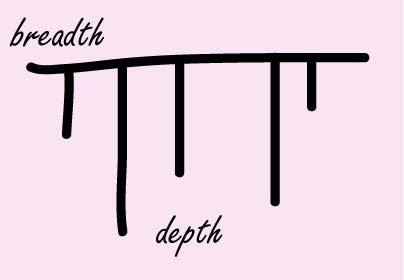 (Source: xiaohanliu.com) |